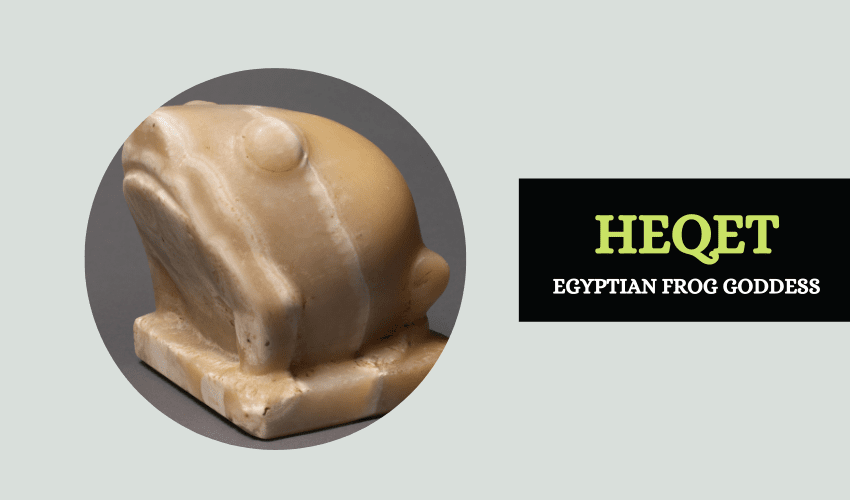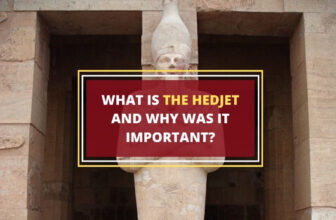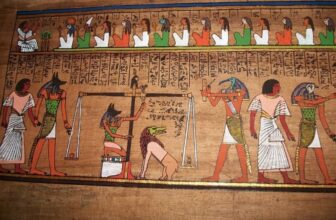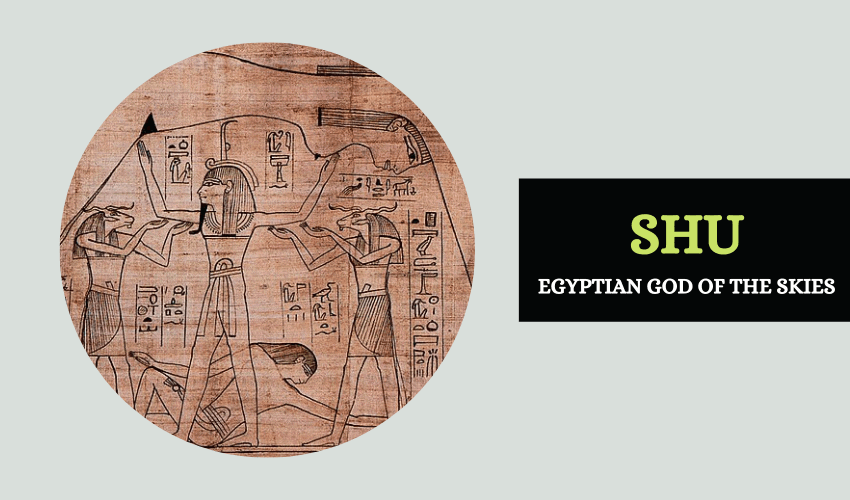
Table of Contents
Heqet, also known as the ‘Frog Goddess’ was the Ancient Egyptian goddess of fertility and childbirth. She was one of the most important goddess of the Egyptian pantheon and was often identified with Hathor, goddess of the sky, of fertility and women. Heqet was usually depicted as a frog, an ancient fertility symbol and was much revered by mortals. Here’s her story.
Heqet’s Origins
Heqet is first attested to in the so-called Pyramid Texts from the Old Kingdom, where she helps the pharaoh along his journey through the Underworld. She was said to be the daughter of the sun god, Ra, the most important god in the Egyptian pantheon at the time. However, her mother’s identity remains unknown. Heqet was also considered the female counterpart of Khnum, the god of creation and she was the wife of Her-ur, Haroeris, or Horus the Elder, the Egyptian the god of kingship and the sky.
Heqet’s name was said to have the same roots as the name of the Greek goddess of witchcraft, ‘Hecate‘. While the actual meaning of her name isn’t clear, some believe that it was derived from the Egyptian word ‘heqa’, meaning ‘scepter’, ‘ruler’, and ‘magic’.
Depictions and Symbols of Heqet
One of the oldest cults in Ancient Egypt was the worship of the frog. All frog deities were believed to have had an important role in the formation and creation of the world. Before the inundation (the annual flooding of the River Nile), frogs would begin to appear in large numbers due to which they later became associated with fertility and the beginning of life on earth. Heqet was often portrayed in the form of a frog but was also portrayed as a woman with a frog’s head, holding knives in her hand.
In the story of the Triplets, Heqet appears as a frog with ivory wands that looked more like boomerangs rather than like the batons magicians use today. The wands were to be used as throwing sticks. It was believed that if these ivory wands were used in rituals, they would draw protective energy around the user during dangerous or difficult times.
Heqet’s symbols include the frog and the Ankh, which she is sometimes depicted with. The Ankh signifies life and is also considered as one of Heqet’s symbols since giving people new life was one of her main roles. The goddess herself, is regarded as a symbol of fertility and abundance.
Heqet’s Role in Egyptian Mythology
Aside from being the goddess of fertility, Heqet was also associated with pregnancy and childbirth. She and her male counterpart often worked together to bring life into the world. Khnum would use the mud from the River Nile to sculpt and form human bodies on his potter’s wheel and Heqet would breathe life into the body, after which she would place the child in a female’s womb. Therefore, Heqet had the power to bring the body and spirit into existence. Together, Heqet and Khnum were said to be responsible for the creation, formation and birth of all living beings.
Another of Heqet’s roles was the role of a midwife in Egyptian mythology. In one story, the great god Ra sent Heqet, Meskhenet (the goddess of childbirth), and Isis (the Mother goddess) to the royal birthing chamber of Ruddedet, the royal mother. Ruddedet was about to deliver triplets and each of her children were destined to become pharaohs in the future. The goddesses disguised themselves as dancing girls and entered the birthing chamber to help Ruddedet deliver her babies safely and quickly. Heqet quickened the delivery, while Isis give the triplets names and Meskhenet predicted their future. After this story, Heqet was given the title ‘She who hastens the birth’.
In the myth of Osiris, Heqet was regarded as a goddess of the final moments of birth. She breathed life into Horus as he was born and later on, this episode became associated with Osiris’ ressurection. Since then, Heqet was regarded as a goddess of resurrection as well and she was often depicted on sarcophagi as a protectress.
Cult and Worship of Heqet
Heqet’s cult probably began back in the early dynastic periods as frog statuettes created in that time were found that may be depictions of the goddess.
Midwives in ancient Egypt were known as ‘servants of Heqet’, as they helped deliver babies into the world. By the New Kingdom, amulets of Heqet were common among mothers-to-be. Since she was associated with resurrection, people began to make amulets of Heqet with the Christian cross and with the words ‘I am the resurrection’ on them during the Christian era. Pregnant women wore amulets of Heqet in the form of a frog, sitting on a lotus leaf, since they believed that the goddess would keep them and their babies safe all throughout their pregnancy. They continued to wear them right through the delivery as well, in hope of a quick and safe delivery.
In Brief
The goddess Heqet was an important deity in Egyptian mythology, especially for pregnant women, mothers, midwives, commoners and even queens. Her association with fertility and childbirth made her an important deity during the ancient Egyptian civilization.








